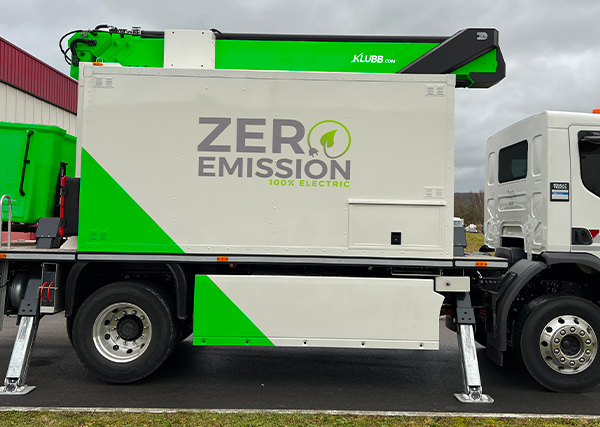
Fragile surfaces pose a major hazard for operators. Working directly on a fragile surface can lead to serious injuries. This article provides a set of essential recommendations for the safety of operators.
Identifying a Fragile Surface
There are several types of fragile surfaces, including old skylights, fibrous cement sheets, corroded metal sheets, or tiles in poor condition... These materials are not designed to support the weight of an operator or the equipment they carry. Moreover, the fragility of surfaces is not always visible at first glance, so it is essential to be particularly vigilant and analyse the work environment.
Numbers that Speak for Themselves
Falls through fragile surfaces account for 22% of fatal falls in the construction industry, causing nearly nine deaths per year. These frequent incidents have significant repercussions on operators and companies.
What Preventive Measures?
There are alternative methods to avoid operators having to work directly on fragile surfaces, such as using lifting platforms. It is also recommended to implement safety devices: guardrails for a secure work area, fall arrest systems (nets, air cushions, fall arrest harnesses) to minimise impacts, as well as warning signs and barriers to mark work zones. Remember, these measures do not exempt a thorough risk assessment before any intervention. Finally, it is highly recommended to train operators on the risks associated with fragile surfaces and the correct use of safety equipment.
What Does the Legislation Say?
In France, employers must follow the Labour Code, which requires adequate planning and management of work at height. The National Institute for Research and Safety (INRS) provides specific guidelines to ensure a safe working environment.
Ultimately, intervening on fragile surfaces demands increased vigilance. It is strongly recommended to avoid direct work on these surfaces and to carefully assess risks before any operation to adopt appropriate safety measures. For this, it is essential to train operators and be aware of the current regulations.




